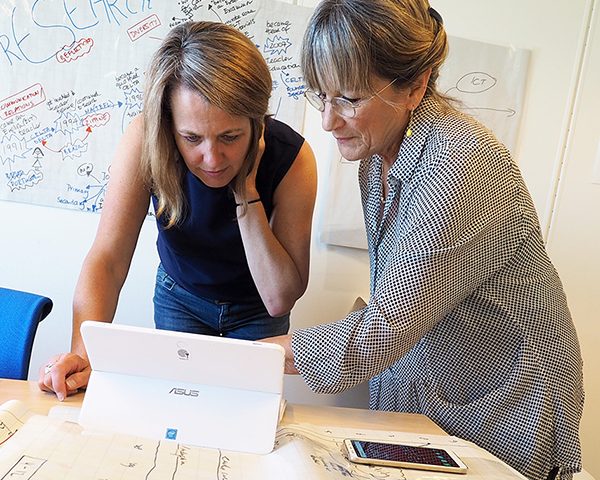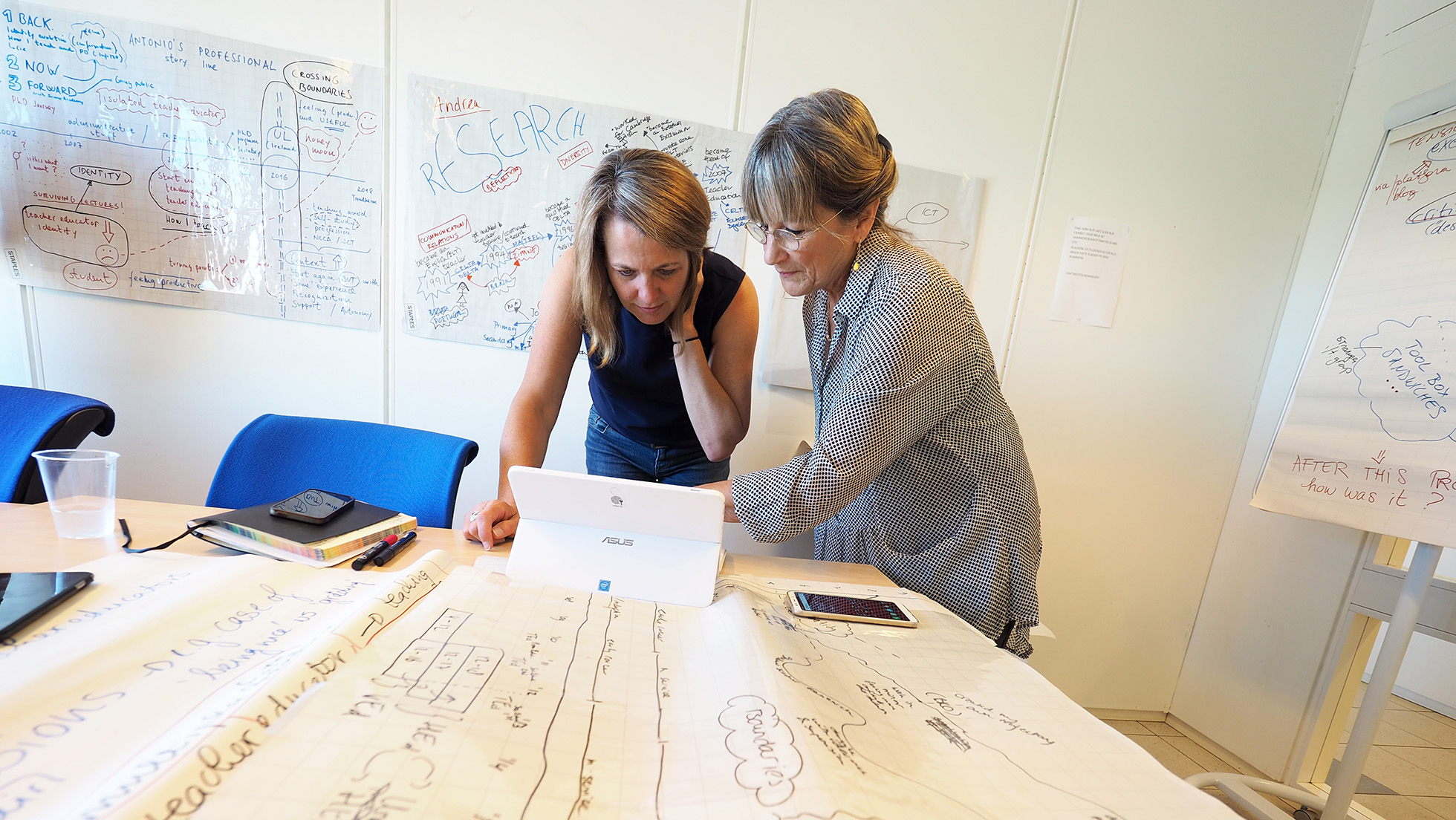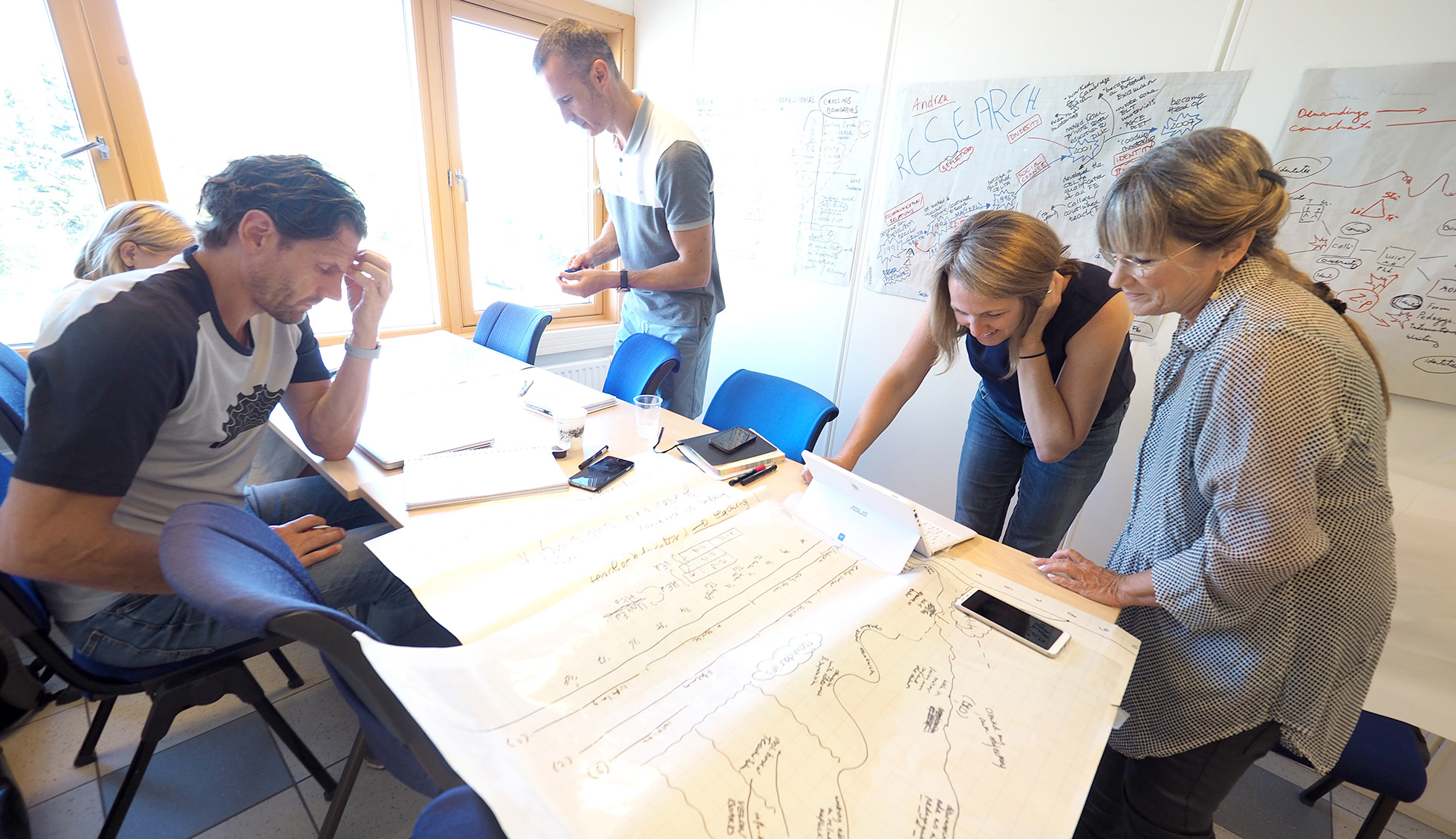
New ways of governance: can teacher educators take responsibility?
March 31, 2019
Using Research to Problematise ‘The Good Practicum’
April 13, 2019“Traditional” Teachers: Current Teaching Methods and Nurturing Independent Learners


As a teacher educator, I felt frustrated for a long time by the gap between teachers' desire to help their pupils become independent learners and their own unwillingness to be independent learners themselves. In the following, I wish to share with you a course that attempted to help "traditional" teachers adopt current teaching methods and use them themselves and with their pupils. The course’s name was “nurturing independent learners” and it was delivered via distance learning. Its 25 students were teachers studying for their master's degree in science teaching. The course’s program was based upon a number of principles:
- Self-directed learning: The working assumption in constructing the course was that independent learning is an active process in which learners set goals for themselves, and in accordance with these goals direct and regulate themselves from motivational, behavioral and cognitive perspectives within a learning environment (Chu & Tsai, 2009; Zimmerman, 2000).
- Mature learners’ experience: Previous experience is a part of mature learners’ identity, and a valuable resource for learning. Based upon this principle, the course included assignments that allowed teachers use their experience and try out new tools in a field that is familiar to them (Willans & Seary, 2011).
- Acquiring skills: Self-directed learning requires quite a number of skills: setting goals, adopting appropriate strategies to achieve these goals, monitoring progress, adapting the learning environment, effective time management, choosing and assessing learning methods, and the ability to identify links between causes and consequences. The systematic process of acquiring skills involves recognizing the need for skills and using them under laboratory conditions before they can be applied independently. The course included practice and assignments intended to nurture the participants' teaching and learning skills, though it did not allow for establishing full command of them.
- Modeling: If teachers do not experience self-directed learning themselves, it will be hard to construct a learning environment that nurtures self-direction for their pupils.
The course had three five-hour face-to-face sessions. Between and after these sessions, participants were given assignments. They were asked to document their work and submit a portfolio containing personal documentations and reflections produced during the course as well as the results of their correspondence with the me, and revisions they introduced.
As I reviewed the materials I gathered, I was interested in the different ways in which my students described their own experiences and their pupils’. To extend the findings, I also interviewed five of the participants.
In the beginning of the course, it became apparent that the participants’ perception of their job as high school science and math teachers did not include working on learning skills. The course directed them toward a different type of encounter with their pupils, during which they identified difficulties in their own self-direction in learning.
As learners, many of the participants reported having difficulty planning the stages of their learning. They did not manage to meet the assignments they set for themselves and were dependent upon the lecturer in planning their work and assessing its results.

As teachers, they had to plan a process that will help their pupils become independent learners. However, their plans included components with which they had difficulties as learners.
Some of the participants attributed the implementation difficulties to the requirements of the educational system. They claimed that it forces them to focus on preparing pupils for matriculation exams and on enhancing their achievements, thus not giving them the space and the patience required to nurture self-direction.
The portfolios submitted by the participants also included descriptions of attempts to implement various activities in their classrooms and of meaningful discussions they held with their pupils. The participants felt they needed experts’ as well as colleagues’ support for implementation, and to work as a team with the rest of the school staff.
To conclude, the students who participated in the course were experienced teachers. However, as learners they often lacked independence. They tried to make second-order change in their pedagogy, i.e. to introduce essential changes requiring a transformation of approaches, viewpoints and perceptions of the teacher and pupil roles (Ahonen, Pyhältö, & Pietarinen, 2014; Gencel, Saracaloglu, 2018). In order to achieve this goal they received instruction, and could compare simultaneously their experiences as students and teachers. Nevertheless, implementing a change of this type requires more time and continuous support.
References
Ahonen, E.; Pyhältö, K. & Pietarinen, J. (2014). Teachers' Professional Beliefs about Their Roles and the Pupils' Roles in the School. Teacher Development, v18 n2 p177-197 (EJ1027085)
Chu, R.J. & Tsai,C.C.(2009).Self-directedlearningreadiness,Internetself-efficacy,andpreferencestoward constructivist Internet-based learning environments among adult learners. Journal of Computer Assisted Learning, 25, 489–501.
Gencel, I.E.; Saracaloglu, A. S. (2018). The Effect of Layered Curriculum on Reflective Thinking and on Self-Directed Learning Readiness of Prospective Teachers. International Journal of Progressive Education, v14 n1 p8-20 2018. (EJ1170088)
Willans, J. & Seary, K. (2011). "I Feel like I'm Being Hit from All Directions": Enduring the Bombardment as a Mature-Age Learner Returning to Formal Learning. Australian Journal of Adult Learning, v51 n1 p119-142.
Zimmerman, B. J. (2000). Attaining self-regulation: A social cognitive perspective. In M. Boekaerts, P. R., Pintrich, & M. Zeidner (Eds.), Handbook of self-regulation (pp. 13-39). San Diego, CA: Academic Press.Sara Kleeman
My professional development begins with teaching at the school of the kibbutz where I grew up. The next stage was pedagogical instruction at a teacher education college. After completing my doctorate, I coordinated the elementary school program, and at the same time was the coordinator of the specialization in pedagogical instruction at the Mofet Institute. Later on, I established and directed an academic writing center at the college. In recent years, I have lectured at the college on curriculum design and teaching principles.
In addition to these roles, I prepare professional learning programs disseminating the Mofet model to visitors and abroad. I also serve as coordinator and tutor of the specialization in writing at the Mofet institute.




